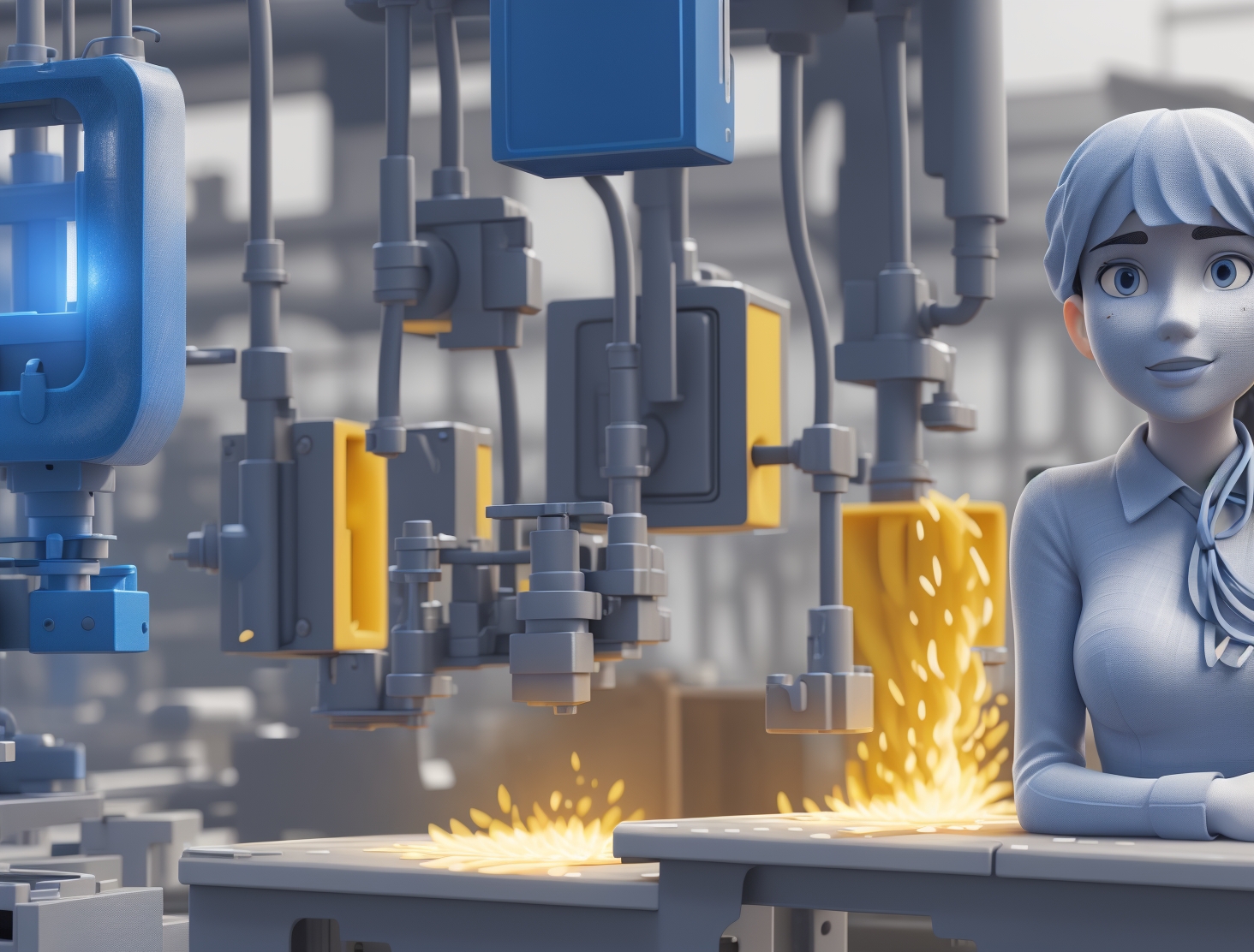Combining 3D Printing with Traditional Techniques
Hybrid Manufacturing: Combining 3D Printing with Traditional Techniques
Hybrid manufacturing is the integration of 3D printing with traditional manufacturing methods to optimize production processes. This innovative approach allows manufacturers to take advantage of the benefits of additive manufacturing while still utilizing the strengths of conventional techniques such as milling, casting, and injection molding. By combining these methods, companies can achieve more efficient workflows, reduce costs, and create products that were previously difficult or impossible to manufacture.
What is Hybrid Manufacturing?
Hybrid manufacturing blends the layer-by-layer additive process of 3D printing with subtractive techniques like CNC machining. This combination offers enhanced precision, customization, and material flexibility. By integrating 3D printing and traditional methods, manufacturers can capitalize on the strengths of each technology to produce high-quality parts with complex geometries and fine details.
Advantages of Hybrid Manufacturing
Design Flexibility: 3D printing excels at creating complex geometries that would be difficult or costly to achieve with traditional methods alone. Hybrid manufacturing allows designers to take full advantage of this capability, combining it with traditional finishing techniques to produce high-quality, detailed parts.
Cost and Time Efficiency: Combining 3D printing with traditional techniques can reduce production time and costs by minimizing material waste and simplifying complex manufacturing steps. This is especially valuable for industries like aerospace and automotive, where production costs are high.
Improved Material Properties: With hybrid manufacturing, manufacturers can use additive manufacturing to create lightweight structures and subtractive techniques to enhance material strength and durability. This creates more robust parts without compromising on design complexity.
Customization and Personalization: By integrating 3D printing with traditional methods, companies can offer more customized products, particularly in fields like medical implants or prosthetics, where individual customization is critical.
Applications of Hybrid Manufacturing
Aerospace and Automotive: Hybrid manufacturing is particularly valuable in the aerospace and automotive industries, where precision and performance are crucial. Manufacturers can create lightweight yet durable parts that meet stringent performance requirements while reducing production time.
Medical Implants: The ability to combine 3D printing’s customization with the precision of traditional machining has transformed the production of medical implants. Hybrid manufacturing allows for the creation of complex, patient-specific implants with improved accuracy and strength.
Tooling and Prototyping: In the tooling industry, hybrid manufacturing enables rapid prototyping and the production of complex molds. This speeds up the product development process and allows for faster iteration cycles.
Electronics: Hybrid manufacturing is used to produce 3D printed electronics, where additive manufacturing is combined with traditional methods to integrate electronic components directly into the product structure.
Challenges in Hybrid Manufacturing
Complex Workflow: Integrating 3D printing with traditional manufacturing methods requires a more complex workflow, including specialized software and machines that can handle both additive and subtractive processes. This can create a learning curve for manufacturers.
Equipment Costs: Hybrid manufacturing often requires advanced machinery capable of performing both additive and subtractive techniques. These machines can be costly, limiting access for smaller businesses.
Material Compatibility: Ensuring that materials used in 3D printing and traditional methods are compatible can be challenging. Manufacturers must carefully select materials that work well together to ensure the final product meets performance requirements.
The Future of Hybrid Manufacturing
As technology continues to evolve, hybrid manufacturing is expected to become more prevalent across industries. The development of more affordable, accessible hybrid machines and advanced software solutions will further enhance the capabilities of this manufacturing approach. In the future, hybrid manufacturing will likely play a key role in creating more efficient, sustainable, and high-performance products.



